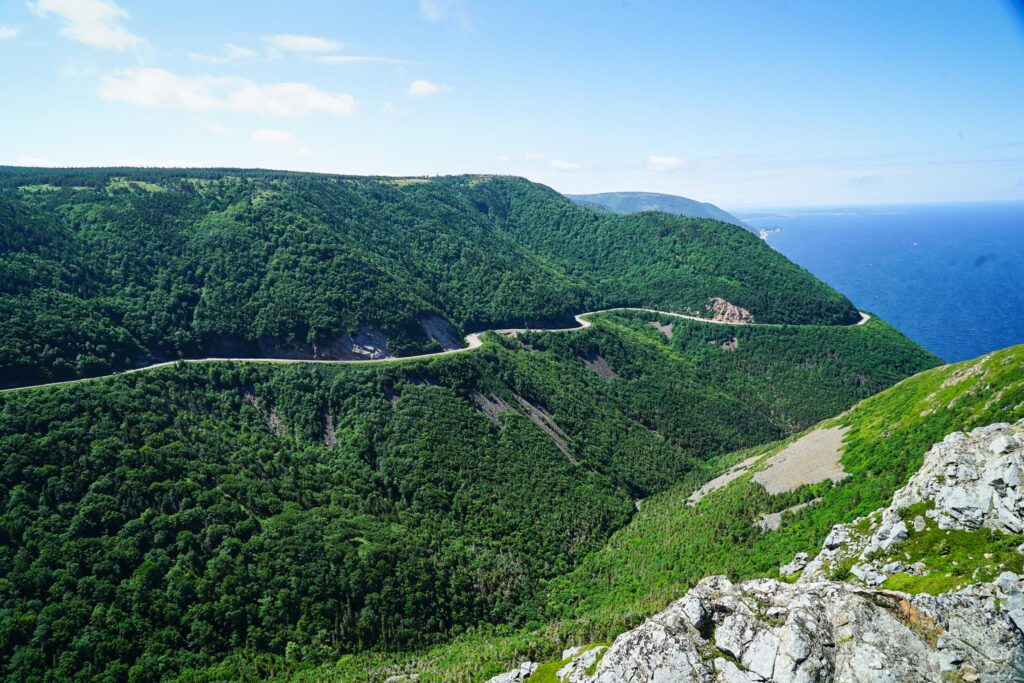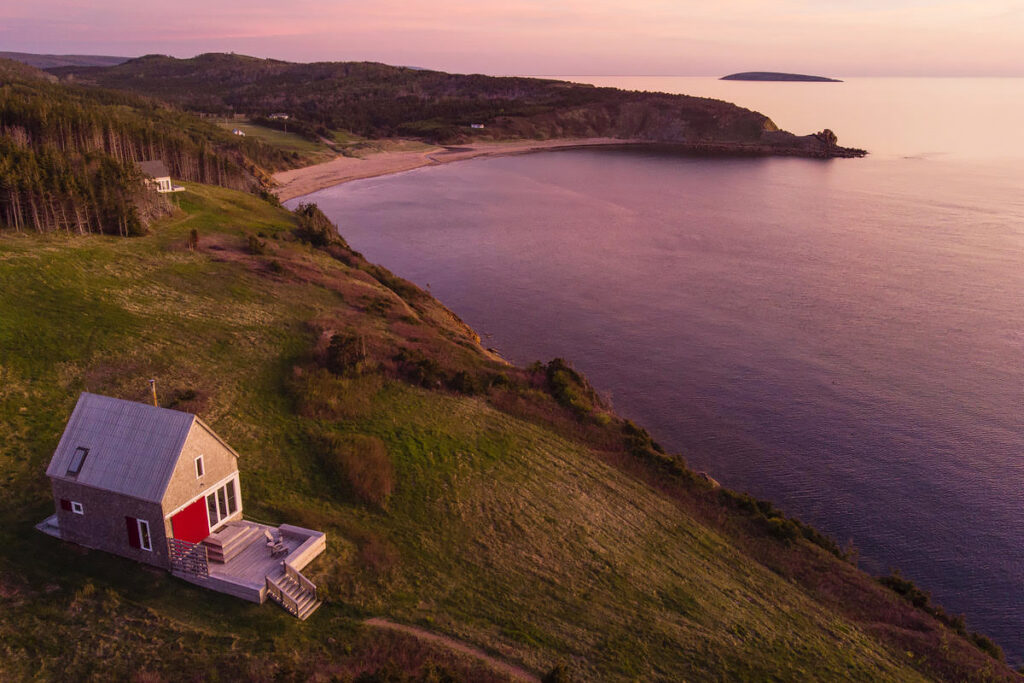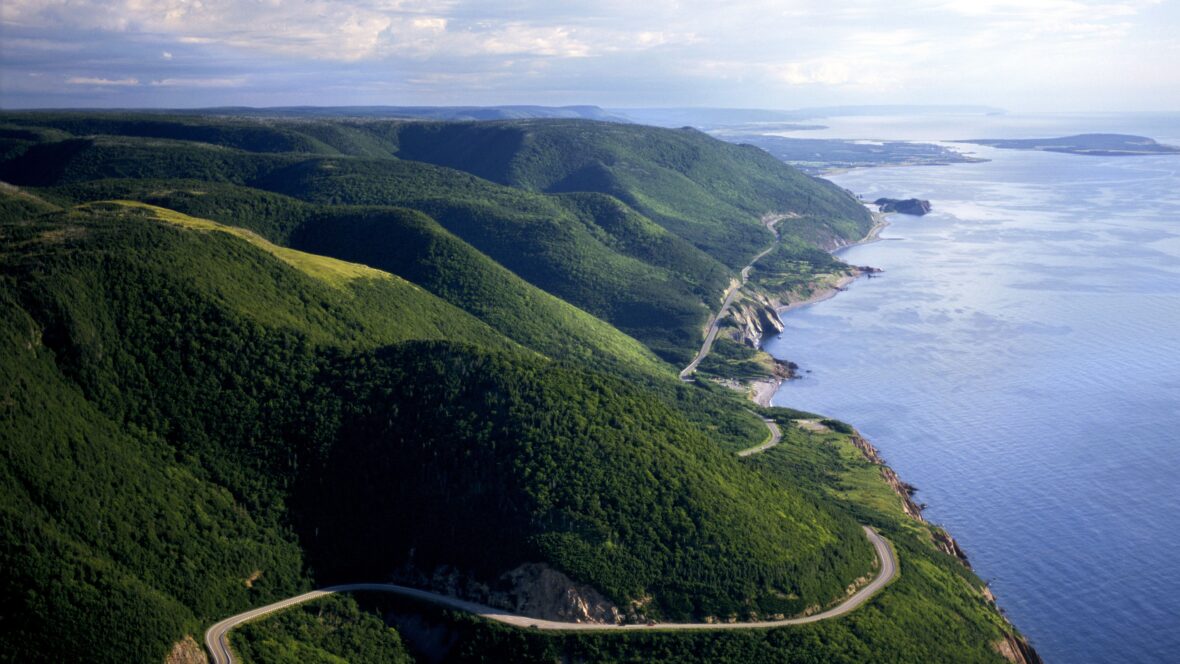Cape Breton Regional Municipality, often referred to as simply CBRM, is the Canadian province of Nova Scotia’s second largest municipality and the economic heart of Cape Breton Island. As of 2016 the municipality has a population of 94,285. Take a look below for 30 amazing and fun facts about Cape Breton, Nova Scotia, Canada.
1. The municipality was created in 1995 through the amalgamation of eight municipalities located in Cape Breton County.
2. The region is home to a significant concentration of government services, social enterprise and private sector companies, including the Canadian Coast Guard College, Cape Breton University, NSCC Marconi campus, and New Dawn Enterprises.
3. The rural areas of the municipality continue to host resource industries such as agriculture, fishing, mining, and forestry.
4. CBRM is host to many cultural landmarks and institutions such as the historic Savoy Theatre, the Celtic Colours International Festival, the Cape Breton Centre for Craft, the Highland Arts Theatre, and Holy Angels Arts & Cultural centre, currently undergoing a $12 million renovation.
5. The area hosts one of Nova Scotia’s premier tourism destinations, the Fortress of Louisbourg national park site, operated by Parks Canada as a living history museum. The site stands as the largest reconstruction project in North America.
6. The Port of Sydney was projected to welcome a record 135,000 cruise ship visitors in 2017, a 67% increase on 2016.

7. The Cape Breton Regional Municipality is governed by Cape Breton Regional Council, which is composed of a mayor elected at-large and 12 councillors each elected to represent a separate district.
8. Regional Council is responsible for all facets of the municipal government, including police, fire, library, transit, and water.
9. The municipality oversaw an operating budget of $146 million and a combined capital and water capital budget of $32.375 million in the 2016/17 fiscal year.
10. Municipal governments in Nova Scotia are elected every four years and the most recent round of elections took place on October 15, 2016.
11. The provincial legislation that creates and empowers the municipality is the Nova Scotia Municipal Government Act.
12. Under former Mayor John Morgan, the council authorized several studies regarding fairness and equity, fighting for a larger share of the federal equalization funding from the province, including an ultimately unsuccessful legal challenge in 2004.

13. Nova Scotians for Equalization Fairness is a citizens group that continues to argue for a greater share of equalization payments paid to CBRM, arguing that CBRM receives $15 million in equalization and should receive $239 million, based on per capita distribution of federal equalization to the province.
14. CBRM is represented by seven ridings in the Nova Scotia House of Assembly.
15. CBRM is home to a significant tourism industry. Nearby attractions such as the Cape Breton Highlands, Bras d’Or Lake and Fortress of Louisbourg have made Cape Breton Island a tourism destination for many years. Visitors can experience the art and history that Sydney and area has to offer, or experience Sydney’s surging culinary scene.
16. A growing cruise ship business has been making use of the port of Sydney to give cruise passengers access to the area.
17. The boundary of CBRM includes all of Cape Breton County except for the Eskasoni and Membertou First Nations.
18. Land area of the municipality is 2,433.35 square kilometres with a population density (2011) of just 40.0 persons per square kilometre. This compares to the provincial land area of 52,940 square kilometres and population density of 17.4 persons per square kilometre

19. The climate of the CBRM is cool and wet although it is warmer than most other places in Canada. The average annual temperature is close to 6 degrees Celsius (43°F). The average summer maximum temperature is 25 degrees Celsius (77 °F).
20. Temperatures rarely rise above 30 °C (86 °F). The average winter low is −10 degrees Celsius (14 °F) and temperatures rarely drop below −20 degrees Celsius (−4 °F) although strong winter winds can make it seem much colder.
21. English language public schools in CBRM are operated by the Cape Breton – Victoria Regional Centre for Education on behalf of the provincial government’s Department of Education. This regional education office provides instruction for grades primary to 12 in CBRM as well as in neighbouring Victoria County.
22. French language public school education is administered throughout the province by the Conseil Scolaire Acadien Provincial.
23. While Cape Breton Island is arguably best known for its Scottish Gaelic or Celtic culture and heritage, the industrial strength of Sydney and industrial Cape Breton attracted a diverse community from around the world.
24. CBRM’s cultural scene continues to be influenced by a mixture of these other cultures including African Canadian, Jewish, Irish, and a variety of Eastern European countries.

25. The region is home to several festivals of art and music such as the Celtic Colours International Festival, Lumiere Art at Night, and the Cape Breton International Drum Festival.
26. Perhaps the most famous musician from CBRM was Canadian country singer Rita MacNeil from the CBRM community of Big Pond, and known for her songs including her biggest hits “Flying On Your Own” and “Working Man.”
27. CBRM is home to several performance centres, including the Centre 200 sports arena in Sydney, home to the Cape Breton Screaming Eagles (a Quebec Major Junior Hockey League team), the Highland Arts Theatre performing arts centre, also in Sydney, and the historic Savoy Theatre, in Glace Bay.
28. The Holy Angels Arts & Cultural centre is currently undergoing a $12 million renovation.
29. CBRM is home to several media outlets. CBC Radio broadcasts local morning and afternoon broadcasts across Cape Breton Island. There are also five commercial radio stations. Cape Breton’s daily newspaper the Cape Breton Post is a broadsheet focusing on Cape Breton Island. Its editorial style is populist conservative, and it is owned by The Chronicle Herald.
30. In 1992, the Task Force on Local Government Report (often called the Hayward report) stated that 67 municipalities in Nova Scotia were too many to efficiently and cost effectively provide services in a province having a population of slightly more than 900,000. The report was commissioned for the Progressive Conservative government of Donald Cameron, but was taken up and implemented by the incoming Liberal government of John Savage.




